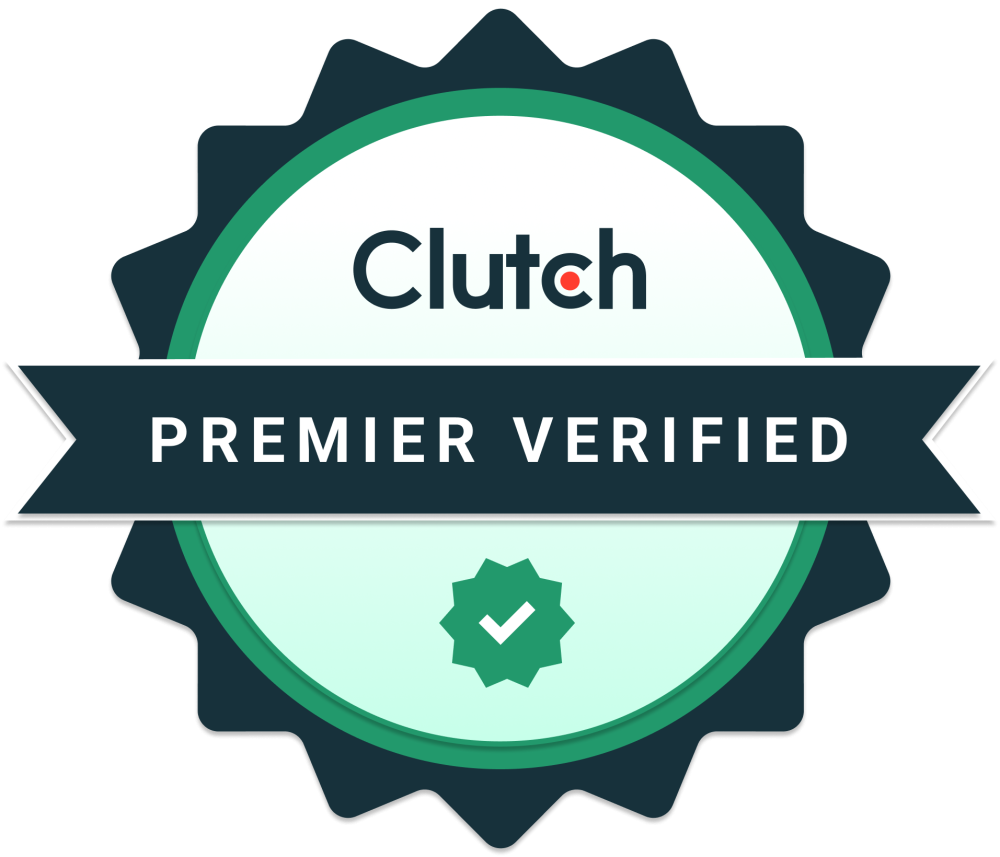The Software Dilemma: Build It or Buy It, Part I: The Basics
This blog discusses the basic factors involved in making the big decision on whether to buy pre-made software or to have it custom built. Both methods have their advantages and disadvantages, and depending on your unique needs, one may be more ideal than the other.
The software you choose for your business can have a huge impact on how customers view and interact with you, your capacity for future growth, and how effectively you manage your operations and employees. The software you use can either attract or repel clients and streamline processes or make them more complicated. The bottom line is your software choices can have a huge impact on the success of your business.
This blog discusses the basic factors involved in making the big decision on whether to buy pre-made software or to have it custom built. Both methods have their advantages and disadvantages, and depending on your unique needs, one may be more ideal than the other.
As a software development company, we enjoy the process of developing and building software that fulfills the needs of our clients. However, we also understand that sometimes pre-built software may be the best option. As our CEO, Max de Lavenne, said in a recent interview in reference to pre-built software, “If there is a tool that exists that solves your problem and it’s been fine-tuned and does a 99% hit on your target, then you should be using it.”
With that in mind, let’s discuss the factors involved in making this decision.
Buying Pre-Built Software
There are many options for purchasing software off the shelf that is ready to go. It wasn’t that long ago that pre-built software was most likely purchased in a box in an office supply store. We have more options at our fingertips these days, with most software now available online as a download. Sifting through the available options can be daunting and may take some time. But in the end, purchasing your software this way can be quick to implement and have relatively low up-front costs. Many, if not most, of these will have some kind of monthly/yearly subscription or maintenance fee in addition to the purchase fee.
Building New
Building software for your business can be achieved in-house if you have your own software development team. Most do not have their own developers and so seek help from a professional software development team. Choosing the right software development team is important and the options should be carefully weighed. Upfront costs of having software custom-built may be higher than a pre-built option, but the customization capabilities are limitless. Instead of fitting your business needs into a template with a pre-determined design or process, you can tailor your software to fit your workflow and business goals exactly.
Factors To Consider Before Buying or Building
There are advantages and disadvantages associated with both buying pre-made solutions and having your software custom built. If your software needs are simple or more generic, you may prefer to use a pre-made software template that can be bought over the counter. If your business is more unique or will be changing over time, you may want to have your software custom-built to fit the exact needs of your business.
The following table lists some of the factors to consider when choosing between pre-built and custom-built software and some of the advantages and disadvantages associated with both options.
Table: Factors To Consider When Choosing To Buy or Build Software
|
Factors |
Buying It |
Building It |
|
Cost |
Lower initial cost; may be purchased outright or be subscription-based. |
Higher initial cost for custom development. No ongoing subscription. |
|
Time |
Rapid deployment – days to months. |
Longer time needed for development - can take several months or more. |
|
Implementation & Integration |
Can be quicker and easier to implement. May have compatibility issues or limitations when integrating with existing systems. |
May require more time and resources for implementation. Can be designed for seamless integration with existing systems. |
|
Customization & Flexibility |
Limited customization options. |
Unlimited customization and flexibility options. |
|
Scalability |
May have limitations on scalability for current or future needs. |
Easily scalable to accommodate growth or changing business needs. |
|
Maintenance |
Maintenance required: through vendor support and software updates. |
Maintenance required: through internal team, software updates, or outside support. |
|
User Experience |
Less tailorable for specific users. |
Completely tailorable for specific users’ needs. |
|
Competition |
Provides more generic, less competitive platform. |
Provides ability to innovate and differentiate to gain competitive edge. |
|
Security |
Some security options may or may not be available. |
Security options exactly address your business needs. |
|
Ownership |
Limitations set by vendor ownership. |
Your business carries full ownership and control over the software. |
Buy Some, Build Some
In some cases, the optimal solution to the software dilemma may be a hybrid approach: buying some parts and building others. This strategy allows businesses to leverage the best of both worlds and to focus their development resources on creating features that differentiate their offerings, while still benefiting from the reliability and speed of implementing pre-built components. By strategically combining bought and built components, businesses can create a powerful, cost-effective, and scalable software ecosystem that supports their long-term growth and innovation.
In our next blog, we’ll take a closer look at the factors we listed in the table above to help us gain more insight into the big question on whether to build or buy your next software!
Phone: (503) 468-4880
Email: connect@buildableworks.com
What can we help you with?
Talk with an expert at Buildable about your project.
This site is protected by reCAPTCHA. Google Privacy Policy and Terms of Service apply.
Copyright © 2026 Buildable.
All Rights Reserved
Privacy Policy | Terms of Service
Let's build what's next. Together.




